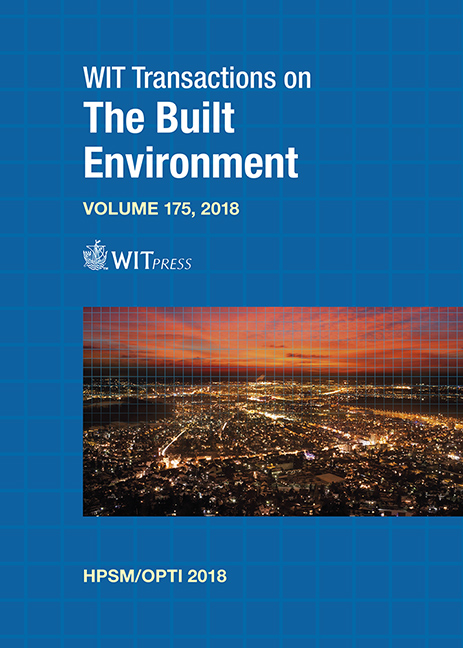THEORETICAL STRESS–STRAIN MODEL FOR COMPRESSED COMPOSITE CEMENT MATERIALS
Price
Free (open access)
Transaction
Volume
175
Pages
8
Page Range
9 - 16
Published
2018
Size
342 kb
Paper DOI
10.2495/HPSM180021
Copyright
WIT Press
Author(s)
IAKOV ISKHAKOV, YURI RIBAKOV
Abstract
Composite cement materials include concrete, reinforced concrete, fibred concrete, etc. The current research is focused on compressed concrete and reinforced concrete elements, loaded by forces, acting without eccentricity. The obtained results will form a basis for developing corresponding models for the above-mentioned materials as well as reinforced cement elements. This problem was investigated experimentally from the first studies on concrete as a composite material. It is still ongoing and attracts many researchers, performing experimental investigation to improve available empirical dependencies. According to modern design codes, the stress–strain diagram for compressed concrete is convex, the ultimate deformations in the plastic stage and in the descending branch are known, concrete behaves at the initial stage as an elastic material, etc. At the same time, there are no exact data on the ultimate elastic stress of concrete and corresponding deformation, ultimate stress of concrete at the descending branch, ultimate linear creep deformations, ductility parameter, etc. The authors have previously developed the structural phenomenon concept that solves the above-mentioned problems. As a result, accurate theoretical stress–strain relationship for compressed concrete is obtained. It also takes into account linear creep of compressed concrete. The theoretical model is recommended for effective design of compressed and bended high performance reinforced concrete elements. The results may also be included in modern codes related to high performance reinforced concrete elements and new cement-type materials.
Keywords
composite material, compressed concrete, compressed reinforced concrete, stress–strain diagram, concrete creep





